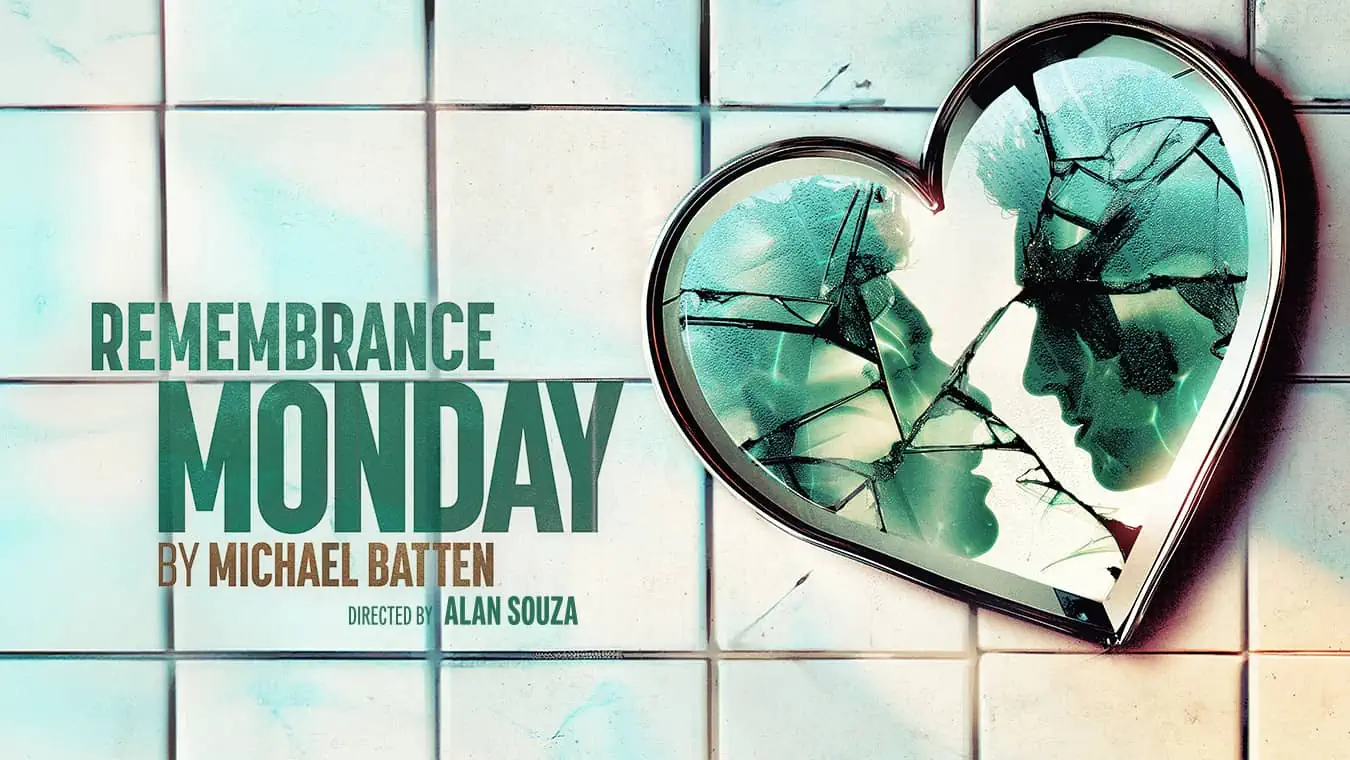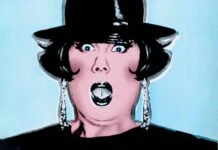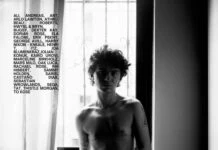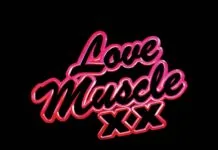Andy Warhol, Tate review ★★★★★ by Ifan Llewelyn
Warhol is one of those artists who are universally known and adored. From his Marilyn prints to the Campbell’s Soup cans, he quickly established himself as a titan of the art scene. Re-defining prevailing hierarchies of high and low culture, good taste and what is and isn’t art, Warhol played an essential role in pushing contemporary art into the mainstream. Andy Warhol at the Tate is their first exhibition of his work in over 20 years. Bringing together immersive elements with both familiar and surprising works, this is truly a knock-out journey into the artist’s life and work.
It opens on a wall of the artist’s early sketches, from pretty boys in profile to close-up crotches. They gesture at his value system of beauty where the male form reigns supreme. Lustful and delicate, these early pencil drawings are minimal yet are teaming with desire. It’s good to see Warhol’s sexuality take centre stage, bucking the strange trend of omission seen in other retrospectives where his romantic and sexual life are nothing more than a footnote. Off to one side is his 1964 film Sleep hanging like a projected flickering portrait. The humanising work is a sensitive glimpse at the man behind the infamously austere persona. Close up footage of his sleeping friend John Giorno reveals a surprising intimacy.
Then, from his humble beginnings, we are launched into his famous early work splashed across the walls. Marilyn, Elvis, Soup Cans. They’re all here. Some of his more shocking and less known works appear alongside the familiar pieces, depicting car crashes and suicides all printed in sequence. These graphic photographs ring a strange note among the flippancy of his other work, revealing the more morbid aspects of his fascination. Setting out to shock, his Death and Disaster series are strangely emotionless and unsympathetic to those depicted in them. Their moments of tragedy and trauma are used as liberally as tinned food.
Through the exhibition, we are carefully worked through his life alongside his work. His infamous factory gives way to one of the most defining incidents in his life: being shot by Valerie Solanas. His scarred body is given its own wall in a revealing photograph by Richard Avedon. The disfigured torso is present from that point onward in your mind. The subsequent work is tinged by the shadow of a wounded artist. His most recognisable subjects, from Dolly to Debbie, are moments he truly gives himself over to the commercial aspect of his work. His Interview magazine and television shows are a strange abandonment of form for more popular modes. They give the picture of an artist cashing in and playing it safe after trauma. And that’s okay, because he was always concerned with both financial and cultural capital. Mass-appeal was what he set out to achieve.

Even when it seems that he has lost his edge, producing television that beams into sets across the US, next to the screen stands one of his Piss Paintings. There’s something remarkably authentic about standing in front of a canvas stained in the artist’s urine. The abstract expressionist copper artwork is strangely beautiful despite being undeniably gross. Perhaps a little ham-fistedly, the exhibition closes with Warhol’s death and his last work. A printed series of DaVinci’s Last Supper fill an entire wall of a dark room as you exit the exhibition. Though not his well-known camouflage print Last Supper work, the simplicity of this monochrome piece is touching and deceptively simple. It’s a very deliberate and profound statement on the artist’s impact on artistic convention, authorship and where we’re left in a post-Warhol world.
The Tate Modern is closed until further notice.











